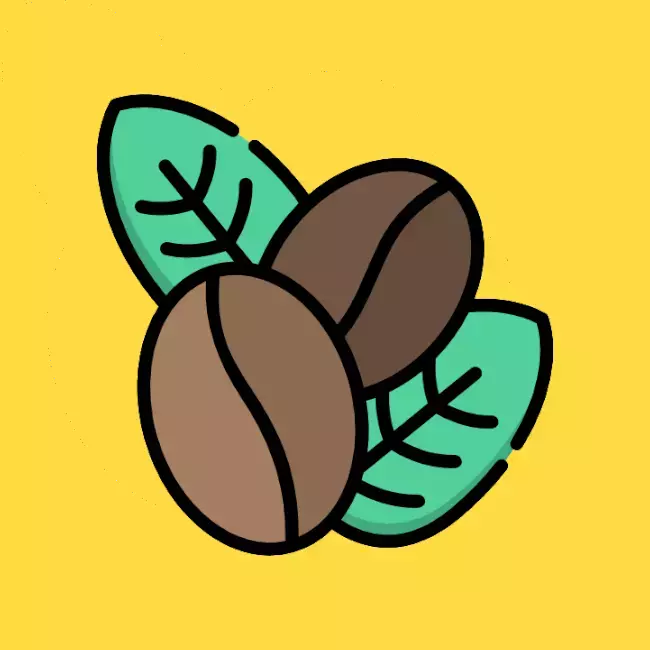- 6 Posts
- 11 Comments

 101·8 months ago
101·8 months agoMy use case is to access text and link content on a web page anonymously over Tor without getting blocked by Cloudflare.

 4·8 months ago
4·8 months agoMy use case is to access text and link content on a web page anonymously over Tor without getting blocked by Cloudflare (such as when browsing warez sites).
I tried it before finding imgsed but each instance had issues loading images past the first page of a user’s profile. But I will check back occasionally
lists of other alternative front-end services or projects that i (also) have not vetted:
“A web extension that redirects YouTube, Twitter, Instagram… requests to alternative privacy friendly frontends and backends.” https://libredirect.github.io/ - the list they use. https://github.com/libredirect/libredirect - extension (source)
list of some instances https://farside.link/ - (source)
a list of projects, with some other stuff on it too https://www.funkyspacemonkey.com/foss-front-ends-and-alternatives-for-twitter-instagram-reddit-youtube-and-more

 6·10 months ago
6·10 months agoMaybe google downranks db0 instance like it does other pirate sites?

 2·1 year ago
2·1 year agoNote that this is focused on espresso preparation. The paper and diagrams pair great with James’ Espresso prep series.
James actually did a video on this paper specifically as well.
TL;DR: using a lower dose (15g) and a coarser grind produces a more complete extraction as well as a more consistent cup, allowing you to use up to 25% less material while producing a similar result to mainstream prep methods.
SUMMARY
Espresso is a beverage brewed using hot, high-pressure water forced through a bed of roasted coffee. Despite being one of the most widely consumed coffee formats, it is also the most susceptible to variation. We report a novel model, complimented by experiment, that is able to isolate the contributions of several brewing variables, thereby disentangling some of the sources of variation in espresso extraction. Under the key assumption of homogeneous flow through the coffee bed, a monotonic decrease in extraction yield with increasingly coarse grind settings is predicted. However, experimental measurements show a peak in the extraction yield versus grind setting relationship, with lower extraction yields at both very coarse and fine settings. This result strongly suggests that inhomogeneous flow is operative at fine grind settings, resulting in poor reproducibility and wasted raw material. With instruction from our model, we outline a procedure to eliminate these shortcomings.
EXCERPT - Systematic Reduction of Coffee Mass by Downdosing and Grinding Coarse
As we demonstrated in Figure 3, our model informs us that a reduction in dry coffee mass results in an increased EY max (shown schematically in blue in Figure 6). Thus, a barista is able to achieve highly reproducible espresso with the same EY as the 20 g espresso by reducing the coffee mass to 15 g and counter-intuitively grinding much coarser (as shown in red, Figure 6B). This modification may result in very fast shots (<15 s), a reduction in espresso concentration, and a different flavor profile.
The Specialty Coffee Association espresso parameters mandate that the extraction should take 20–30 s; we speculate that this might be partially responsible for the pre- vailing empirical truth that most coffee is brewed using grind settings that cause partially clogged/inhomogeneous flow. Remembering that the initial tasty point may lie in the clogged flow regime, some of the bed is extracted much more than the refractive index measurement suggests. By lowering the dry coffee mass and grinding to maximize EY, the operator may notice that they are able to push their extractions much higher than before, while achieving highly reproducible espresso.
Hi JB, I went down this rabbit hole last week, here is a post I made summarizing what I found, with links to the dev’s GH discussions of the different ideas for implementing the linking of communities, both within an instance or across instances, public or private, mod or user created. These features would likely be implemented separately.
There is also a link to a firefox extension that you may find useful while the dev work is ongoing.
Thanks for explaining, I like that approach too
P.S. in the meantime, a user has created a FireFox addon that might be useful, I have not checked it out myself.
“Missing the MultiReddit experience? I built a Firefox Add On for that” - @Leraje https://lemmy.ml/post/1611805
Not at all: Not if you avoid purchasing anything involving tipped-services! People who pay their workers so little that they need to be tipped tend not to get my business.



Salient point. Dont get me wrong, I use FF reader mode all day long and I sing its praises to all who will listen. But I am using this to access content over Tor when cloudflare would otherwise prevent me from doing so.
I would not recommend for anyone to feed all their browsing to a third party in a way that can easily be tied back to them, but I am using this tool to overcome a specific obstacle when I encounter it and not otherwise.
Maybe I should have described this scenario more completely at the start of my post 🤷